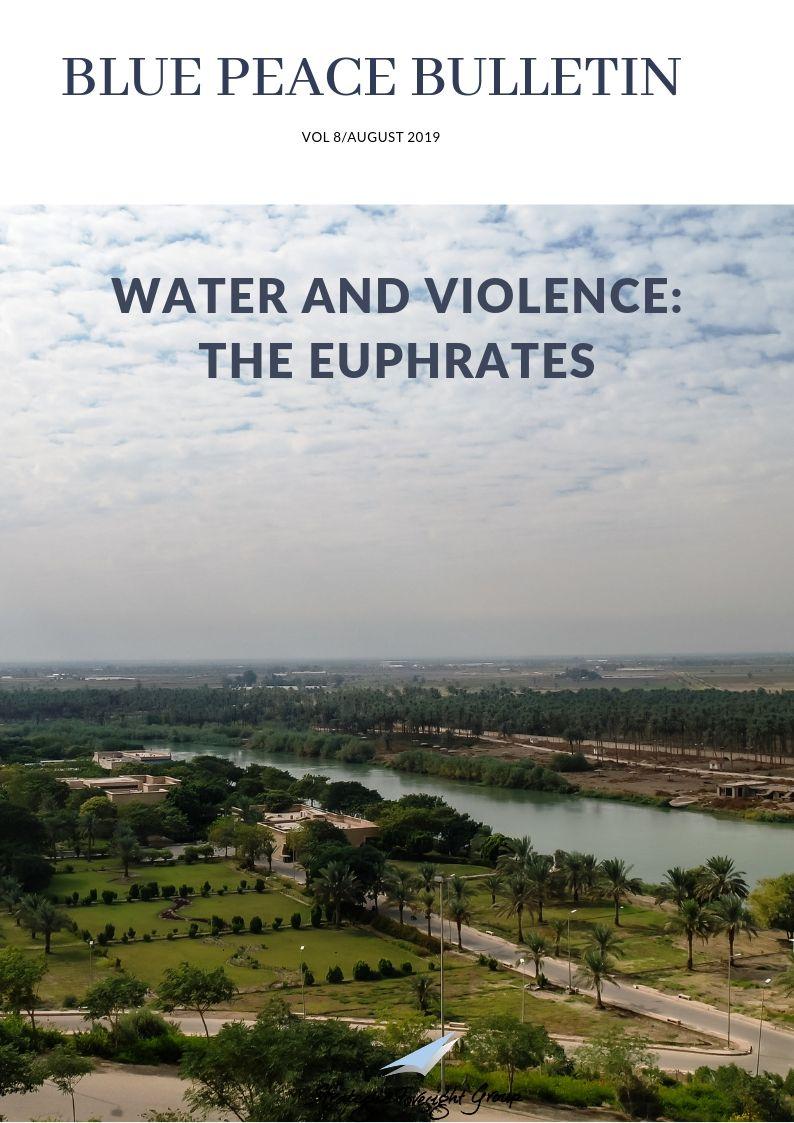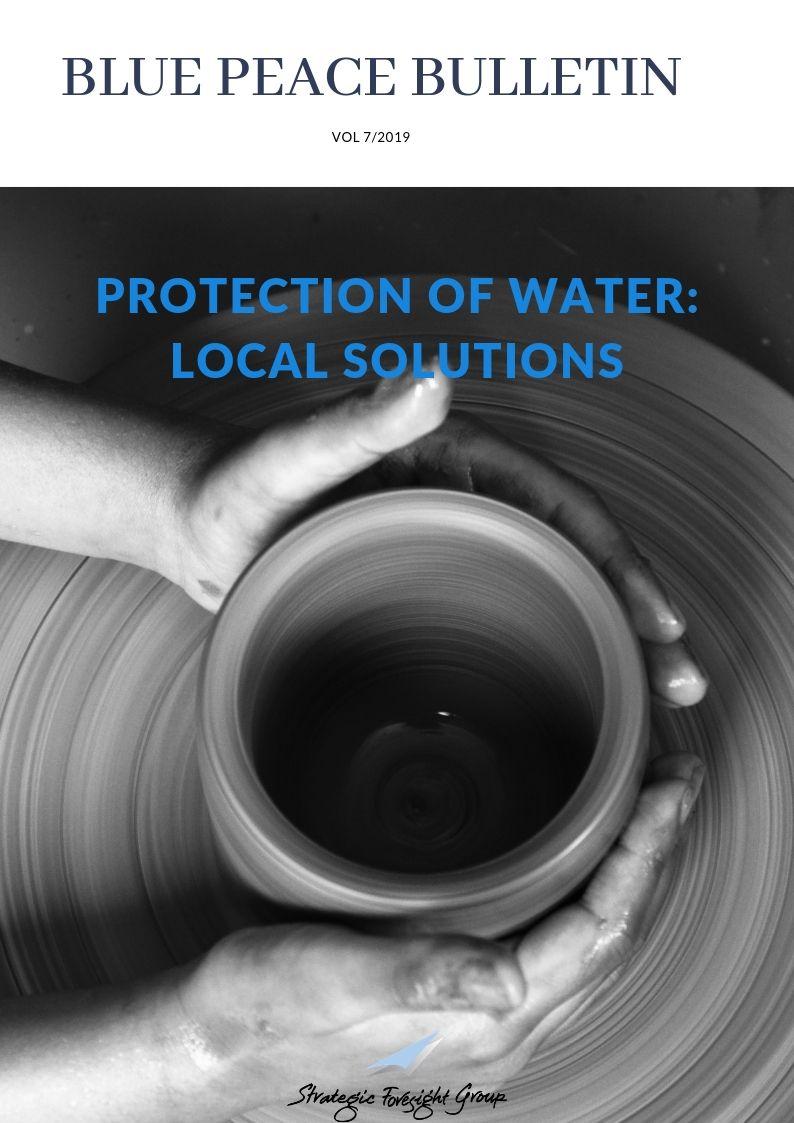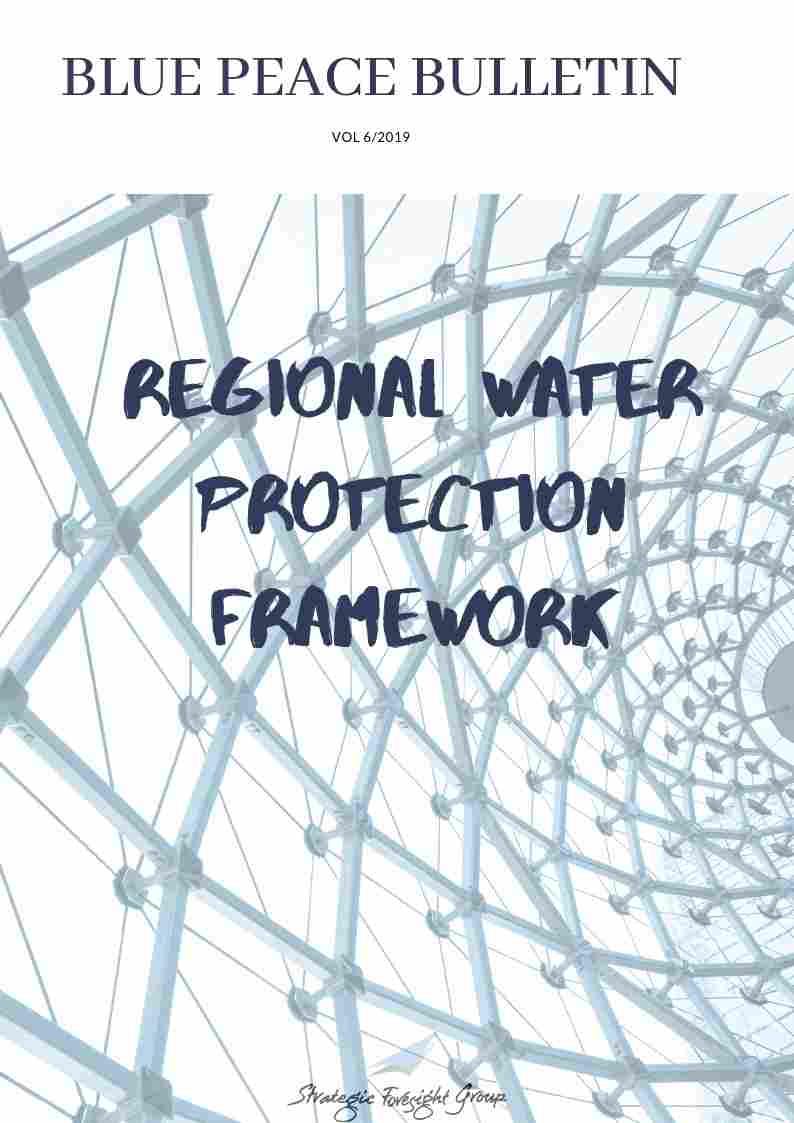The Problem of Plenty
 |
February, 2010
By Anumita Raj
|
From the outside, looking in, Nepal has seemingly abundant water resources. Authors and poets have written eloquently about the bounty of the country���s ���true natural resource���: its water. The small mountainous country has well over 6000 rivers. All of the major rivers originate in the Himalayas and are snow-fed. The country���s overall water availability is pegged at well over 230 BCM. From the outside, the really definitive statistic is that of the per capita water availability, which in 2003 was estimated to be 9122 m3 per capita and in 2025 is projected to be 5500 m3 per capita. When compared with other countries in the region, India, China and Pakistan, Nepal���s water statistics lead people to believe that the country���s water security is healthy and will remain so for the next several years.
However, a curious and unique phenomenon has plagued Nepal for some years now and could potentially jeopardize many of its future plans. Described as ���too much water, too little water���, Nepal���s water fortunes are immersed in an annual cycle of excessive floods, followed by crippling droughts. During the monsoon months, from July to September, the rivers, big and small, tend to flood. In the case of the larger rivers, such as the Saptakoshi, the results can be catastrophic, leading to large scale death and destruction. Following the monsoon, Nepal faces a winter drought phenomenon, when many rivers run dry and there isn���t enough water to sustain the impoverished population, most of whom are dependent on agriculture for food and livelihood.
This ecological trend is compounded by and added to in several different ways. First, Nepal���s development of its groundwater resources is woefully inadequate, which means that most of the population does not have access to water during non-monsoon months, when even the perennial rivers run low on water. Added to this is the fact that there is little or no storage system in Nepal to conserve rainwater for dry months. Finally, due to the effects of climate change, the monsoon season in the past few years has been truncated, arriving erratically and behaving unpredictably. When all of these different effects are taken together, the phenomenon of ���too much water, too little water��� becomes more than just a quaint ecological occurrence and turns into a real and serious problem for the government of Nepal and its citizens.
This phenomenon has several impacts on Nepal���s economy and security. Most pressingly, little or no water during the winter months is proving to be extremely difficult on an already impoverished and stressed population. Related to that are food security concerns. As there are few irrigation facilities in Nepal for the dry months, there is a serious deficit of water for agricultural purposes. Almost 60% of the land in Nepal is without irrigation facilities. Agriculture contributes to over 40% of the country���s GDP and employs around 75% of the population. Due to the lack of irrigation facilities, much of the land remains fallow during the dry season. This has serious impacts on both food security and the economy at the same time, not to mention the fact that much of the population that depends on agriculture remains unemployed for part of the year. On the flip side, intense floods during the monsoon months have rendered farmland useless at times due to inundation. Many a time, farmers, particularly those that live in close proximity to the major rivers, lose everything from farmland to homes and cattle during the months of the monsoon due to floods.
The Maoist insurgency within the country is fed by the dissatisfaction of the poorest and most disaffected members of the populations. The farmers of the country are rapidly being pushed into that category as increasingly, their fates are at the mercy of an unreliable and damaging ecological phenomenon.
On the regional level, Nepal���s ability to attract foreign investment in the last few years has been largely due to its hydropower sector. The immense potential of the sector, said to be over 40 GW, is extremely lucrative for the government, which hopes to expand the overall infrastructure in the country through the means of investment by countries like China and India in this one sector. However, if the larger rivers in the country are unable to sustain a minimum year round flow, and are instead affected by the ���too much water, too little water��� syndrome, then much of the investment could be pulled back after feasibility studies provide undesirable results. For a developing region that will benefit immensely from the large quantity of power that Nepal could potentially offer, this will be a huge setback.
While on the outside, Nepal seems blessed with plenty of water, a closer look reveals that not everything is as it appears. In order to check the effects caused by the ���too much water, too little water syndrome���, first and foremost, the government will have to expand its groundwater development on a large scale, and will have to do it quickly. The government will also need to invest in storage facilities for water across the country. Both these steps will go a long way in addressing the immediate food and water needs of the population and will serve to at least ensure their basic requirements. As to the larger question of checking the effects of climate change on the monsoons as well as on the dry season flows of rivers, the answers will have to be part of a larger national dialogue.
Related Publications
Related latest News
Related Conferences Reports
-

An Unprecedented Opportunity:Blue Peace in the Middle East
Download:Stockholm Workshop Report
-

Strategy Workshop on Blue Peace in the Middle East
Download:Strategy Workshop on Blue Peace in the Middle East





